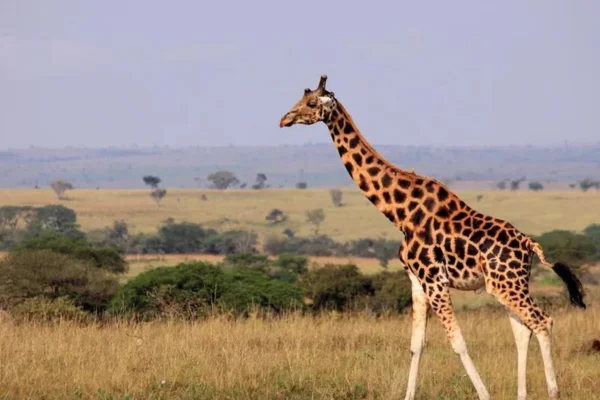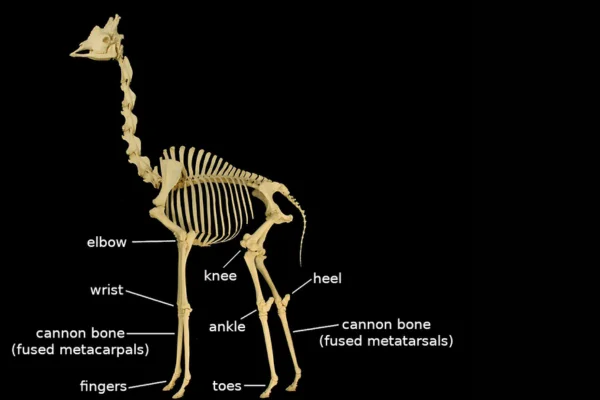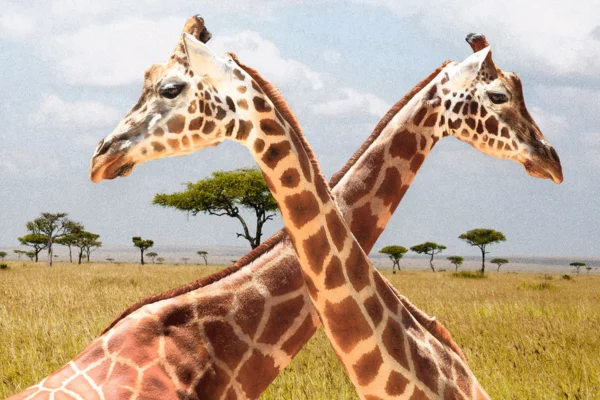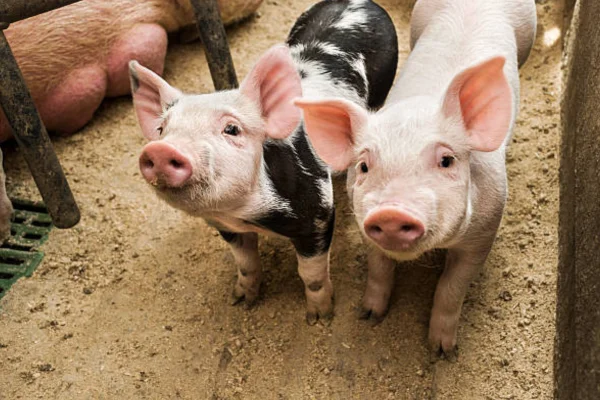Why Do Giraffes Have Such Long Necks?
Understanding This Fascinating Evolution
Why Do Giraffes Have Such Long Necks? - The long neck of giraffes is one of the most intriguing and distinctive features of the animal kingdom. Imagine being in an African savannah and suddenly seeing this majestic animal extending its neck to reach leaves in the treetops. But why, after all, do giraffes have such big necks? There are many theories that explain this adaptation, and it's fascinating to understand the evolutionary mechanisms behind it.
The Challenge of Evolution
The most popular theory that tries to explain why giraffes have long necks goes back to competition for food. Many scientists believe that, over time, giraffes developed longer necks in order to reach leaves on tall trees, especially acacias.
During long periods of drought or food shortages, this ability would have been an evolutionary advantage. Giraffes with shorter necks, unable to reach the highest leaves, might have had a harder time finding food, while those with longer necks survived and passed on their genes to subsequent generations.
Contents
However, this simple explanation raises an interesting question: if the long neck was just an adaptation to reach food, why haven't other species that coexist with giraffes on the same savannah, such as antelopes and zebras, developed similar necks?
Competition and Sexual Selection
Another intriguing theory about giraffes' long necks is related to sexual selection. In the animal world, many physical characteristics evolve not only for survival, but also for success in reproduction. Sexual selection suggests that males with longer necks are better able to win territorial disputes and attract females.
Male giraffes, in particular, take part in a practice called "necking", where they fight by swinging their necks at each other with force. Their longer, more muscular necks give them an advantage in this type of competition.
The winning male demonstrates strength and dominates access to females, which means that he is more likely to pass on his genes to the next generation. Thus, sexual selection may have played a crucial role in the maintenance and extension of giraffe necks.

The Anatomy of Giraffes
Behind giraffes' long necks lie a series of surprising anatomical adaptations. Although their necks can reach an impressive 2 meters in length, giraffes curiously have the same number of cervical vertebrae as humans and other mammals: seven. However, giraffes' cervical vertebrae are elongated, with each one reaching up to 25 centimeters.
This additional length in the vertebrae is what allows the neck to be so long without compromising the mobility and structure of the spine. In addition, giraffes have a powerful heart pump to ensure that blood reaches the head, which is a great distance from the heart. Their heart can weigh up to 11 kilos and is one of the most efficient in the animal kingdom. In addition, a series of special valves in the blood vessels help regulate blood flow and prevent pressure drops when the giraffe bends down to drink water.

Long Neck, Strategic Vision
Another interesting aspect to consider is the role that giraffes' long necks play in surveillance and protection against predators. On the vast African plains, where lions, hyenas and other predators are constantly on the move, long-range vision can mean the difference between life and death. The long neck allows giraffes to maintain a strategic advantage, observing vast areas around them and detecting potential threats from an elevated position.
This ability to keep an eye on their surroundings can be crucial, especially when they are in a group and there are young or cubs nearby. Therefore, the giraffe's neck, as well as helping with feeding and mating disputes, also offers a survival advantage against predators.
Giraffes and the Concept of Convergent Evolution
The idea of convergent evolution is interesting when we look at giraffes' necks. It suggests that different species can develop similar characteristics in response to similar environmental pressures, even if they are not closely related genetically. The giraffes' long necks can be compared to other unique adaptations of animals to their environment.
For example, the okapi, a close relative of giraffes, does not have such a long neck because it lives in dense forests, where height is not an advantage. This reinforces the notion that physical characteristics are shaped by the specific needs of the environment and the survival strategies of each species.
Giraffes in the Modern World: Challenges and Conservation
Unfortunately, despite their impressive adaptations, giraffes today face serious challenges in their natural habitat. Hunting, habitat loss and climate change are impacting their populations in various parts of Africa. Conservation organizations have been working hard to protect these iconic animals, but there is still much to be done to ensure that giraffes continue to roam the savannahs for generations to come.
Conservationists have sought to protect the natural areas where giraffes live, while educating local communities about the importance of preserving wildlife. Captive breeding programs are also implemented in zoos to ensure that the genetic diversity of giraffes is preserved.
Conclusion: An Evolutionary Mystery Still Debated
The giraffe's long neck remains one of nature's great mysteries. Although theories about feeding, sexual selection and environmental surveillance offer convincing explanations, the development of this feature is still an open question in the field of evolutionary biology. What we do know for sure is that the giraffe's neck is a multifaceted adaptation, the result of millions of years of evolution and environmental pressures.
As scientists continue to study giraffes and their adaptations, more discoveries may be made, offering new insights into why these majestic animals are the way they are. In the meantime, giraffes remain a symbol of the wonder of nature and the incredible diversity of life forms that our planet harbors.
Thank you for visiting us and check out our other work
https://vettopbr.com/cachorros/







